Table of content
Arrowhead, scientifically known as Sagittaria sagittifolia, is a versatile aquatic vegetable celebrated for its crisp texture and mild, nutty flavor. Native to Asia and parts of Europe, this tuberous root is a staple in traditional dishes, from soups and stews to stir-fries and pickles. However, preparing arrowhead can be intimidating for novice cooks due to its thick, fibrous skin and irregular shape. Proper peeling is essential to unlock its culinary potential while ensuring a pleasant eating experience. This article delves into the most effective methods for peeling arrowhead, combining time-tested techniques with innovative hacks to streamline the process. Whether you’re a seasoned chef or a home cook, these strategies will help you achieve perfectly peeled arrowheads with minimal waste and effort.
Understanding Arrowhead’s Anatomy
Before diving into peeling techniques, it’s crucial to grasp the vegetable’s structure. Arrowheads grow beneath muddy or sandy soil, resulting in a rough, papery outer layer that clings tightly to the flesh. The skin varies in thickness depending on the tuber’s age and growing conditions. Younger arrowheads tend to have thinner, more tender skins, while mature ones develop a thicker, tougher exterior. Additionally, the tuber’s shape—often elongated with curved ends—poses challenges for uniform peeling.
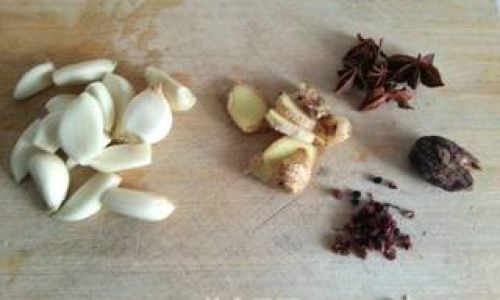
Traditional Peeling Methods
The Knife Method: Precision and Patience
The most common approach involves using a sharp paring knife or vegetable peeler. While labor-intensive, this method guarantees control, making it ideal for small batches or irregularly shaped tubers.
Steps:
- Step 1: Rinse the arrowheads under cold water to remove dirt and debris.
- Step 2: Trim the ends using a knife to create a stable base.
- Step 3: Hold the tuber firmly and slice downward along its length, peeling away thin strips of skin. Work in sections, rotating the arrowhead as you go.
- Step 4: For curved areas, use short, controlled strokes to avoid gouging the flesh.
Pros: Minimal waste, suitable for delicate preparations.
Cons: Time-consuming, requires knife skills.
The Vegetable Peeler: Speed Over Precision
A Y-shaped peeler accelerates the process but may struggle with uneven surfaces. Opt for a serrated peeler to grip slippery skins.
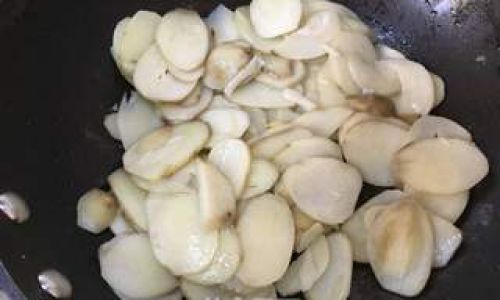
Steps:
- Step 1: Secure the arrowhead on a cutting board.
- Step 2: Apply gentle pressure and glide the peeler from top to bottom, peeling in long, even strokes.
- Step 3: Switch to a paring knife for crevices the peeler misses.
Pros: Faster than knife-only peeling.
Cons: May remove excess flesh, less effective on mature tubers.
Innovative Peeling Hacks
Blanching: Loosening the Skin with Heat
Blanching softens the skin, making it easier to peel. This method is ideal for large quantities.
Steps:
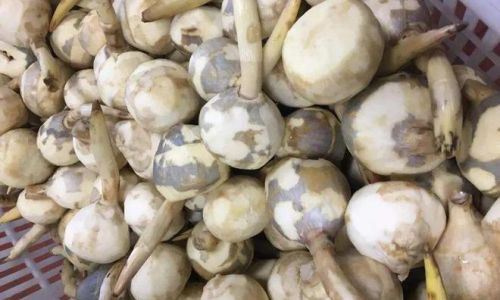
- Step 1: Bring a pot of water to a rolling boil.
- Step 2: Add whole arrowheads and boil for 3–5 minutes.
- Step 3: Transfer to an ice bath to halt cooking.
- Step 4: Pat dry and peel using a knife or peeler. The skin should slide off effortlessly.
Pros: Reduces peeling time, preserves flesh integrity.
Cons: Requires advance planning, slightly alters texture.
Freezing: The Cold Approach
Freezing arrowheads causes the skin to contract and separate from the flesh.
Steps:
- Step 1: Place unpeeled arrowheads in a freezer-safe bag.
- Step 2: Freeze for 24 hours, then thaw at room temperature.
- Step 3: Peel once thawed; the skin should peel away like a jacket.
Pros: Effective for stubborn skins, extends shelf life.
Cons: Time-consuming, alters texture if refrozen.
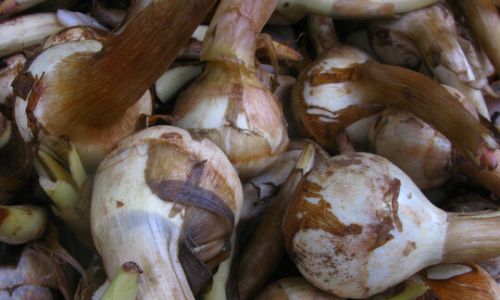
The Spoon Technique: Navigating Curves
A sturdy metal spoon can scrape away skin from grooves without wasting flesh.
Steps:
- Step 1: Hold the arrowhead vertically.
- Step 2: Use the spoon’s edge to scrape downward, applying light pressure.
- Step 3: Rotate and repeat until all skin is removed.
Pros: Preserves flesh, ideal for decorative garnishes.
Cons: Slower than peeler or knife methods.
Pro Tips for Peeling Success
- Choose Fresh Tubers: Younger arrowheads have thinner skins and require less effort.
- Wear Gloves: The tuber’s sap can irritate sensitive skin.
- Work in Sections: Divide large arrowheads into manageable pieces before peeling.
- Save the Peels: Arrowhead skins are rich in fiber and can be simmered into broths or composted.
Safety First: Avoiding Common Pitfalls
- Dull Tools: Always use sharp knives to prevent slippage.
- Slippery Surfaces: Stabilize the tuber on a damp towel to prevent accidents.
- Overpeeling: Stop once the flesh is visible to avoid waste.
Creative Uses for Peeled Arrowhead
Once peeled, arrowhead’s culinary applications expand:
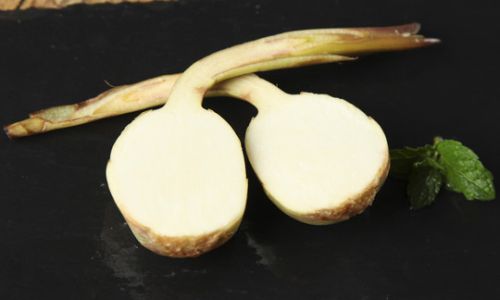
- Crispy Chips: Slice thinly and bake until golden.
- Mashed Puree: Boil until tender, then mash with butter and herbs.
- Pickled Delights: Submerge in vinegar brine for tangy accompaniments.
Troubleshooting Guide
| Issue | Solution |
|---|---|
| Skin won’t budge | Blanch or freeze before peeling. |
| Flesh browning | Submerge in acidulated water (lemon juice + water). |
| Slippery texture | Pat dry thoroughly after blanching. |
Conclusion
Peeling arrowhead need not be a daunting task. By matching the right technique to your needs—whether it’s the precision of a knife, the speed of blanching, or the creativity of freezing—you can transform this humble tuber into a culinary delight. Experiment with these methods to find your rhythm, and soon, you’ll peel like a pro. Remember, practice makes perfect, and every scrap of effort rewards you with a versatile ingredient ready to elevate your dishes. Happy peeling!



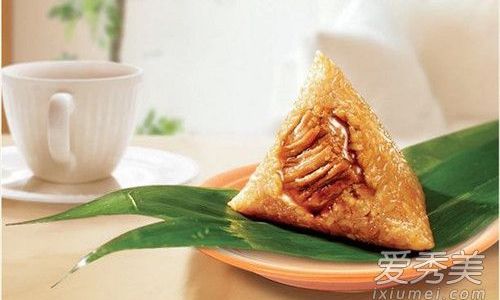
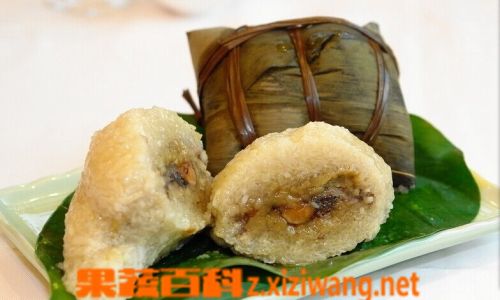
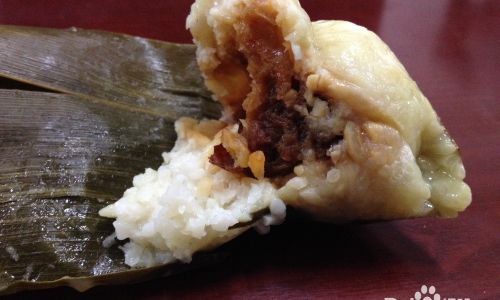
0 comments